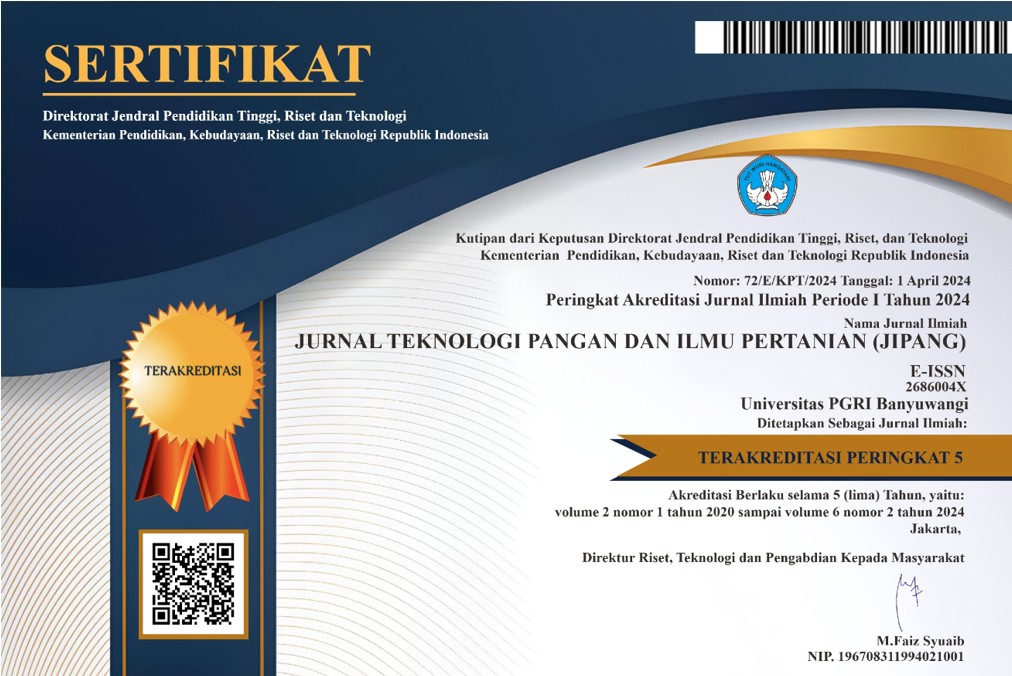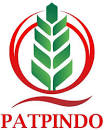Pengaruh Umur Panen dan Metode Pengeringan terhadap Karakteristik Fisikokimia Tepung Labu Kuning (Cucurbita moschata L.) Varietas Kusuma di Banyuwangi Tahun 2016
Keywords:
Pumpkin, harvesting, flour pumpkinAbstract
Yellow squash or pumpkin known by other names is the fruit of a creeper that belong to the Class dicotyledone and Family Cucurbitaceae. Fruit pumpkin (Cucurbita moschataL.) consisting of 81% pulp, peel 12.55%, 6.45% seeds and nets. Pumpkin contains important compounds are carotenoids as resourch of vitamin A and antioxidants essential to maintain a healthy body. Flouring is one technology that can be applied to the pumpkin into semi-finished products. In the preliminary research conducted trial and error to pumpkin flour- making procedures. The process of making flour pumpkin includes stripping, weighing, washing, slicing, soaking in acid solution, blanching, the arrangement in a baking dish, drying, comminution and sifting and analysis of physicochemical properties (viscosity, water absorption, power development, yield, moisture content, and amylose). The treatment is given in this study is a combination of harvesting pumpkins (U) with a drying method (P). Data were analyzed using ANOVA and Duncan at 5% level. Results of the analysis showed significantly different yield on the age factor. The highest yield was obtained in treatment U3P1 by 6.433%. Pumpkin harvesting 90 HST (day after crop) obtain the highest yield. Flower power flour U1P1 highest in treatment amounted to 12.98 ml / g and sun drying factors affect the value of flower power. The Pumpkin flour of amylose content of 18.350% on U1P1treatment.Treatment of harvesting and drying methods showed a significant effect on the physicochemical pumpkin flour produced. The overall result to get flour pumpkin can optimally use the pumpkin age 90 HST and dryer sunlight.











